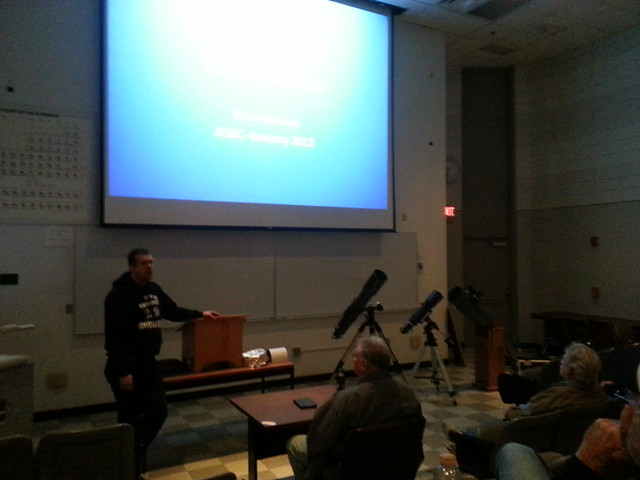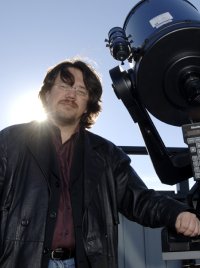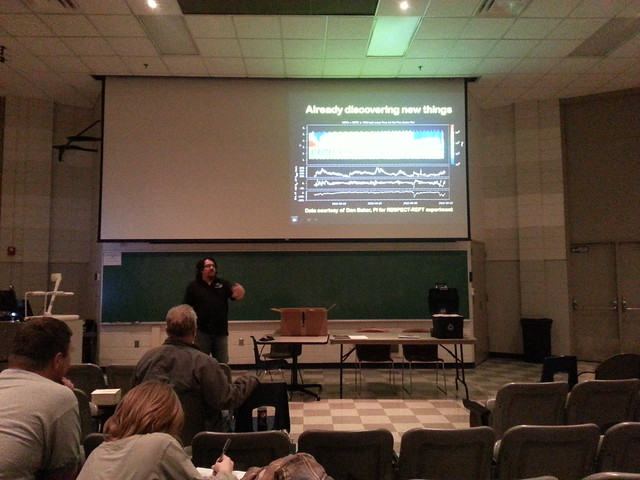The sun returned yesterday, bringing with it a stiff south wind and pushing the day time temperature up to nearly sixty degrees. For the first time in several days, the interior of our home felt cozier for a few hours. But the sun set, the crescent moon shown briefly, and the wind continued unabated.
Several times overnight, the wind wakened me from my cocoon of quilts, throws and comforters (not to mention the four inch thick memory foam mattress topper I was stoking with my body heat). My wind chime has not ceased knelling. I gave up and pried myself from bed a few minutes past five o’clock this morning.
I surveyed the house from top to bottom using my laser thermometer, unsurprised to find the house had lost on average at least five degrees overnight thanks to the wily wind. Oddly, the garage is maintaining a temperature in the mid-fifties, but the great room, for the first time, dipped below sixty degrees in the northwest corner.

We are currently under a wind advisory until noon today.
...WIND ADVISORY REMAINS IN EFFECT UNTIL NOON CST TODAY... * WHAT...Northwest winds 20 to 25 mph with gusts up to 50 mph. * WHERE...Portions of east central and northeast Kansas and central, north central, northwest and west central Missouri. * WHEN...Until noon CST today. * IMPACTS...Gusty winds could blow around unsecured objects. Tree limbs could be blown down and a few power outages may result.
I even pulled out my hooded sweater jacket from the storage cedar closet in the basement. Normally, our house is kept so warm I am comfortable in light clothes. These past few days have reminded me of growing up in an old farm house heated either by a mini-boiler under the stairs and floor radiators or a wood stove, which meant there was always a warm place to retreat to but that the bedrooms were farthest from the heat.
I opted for oatmeal with my morning tea to help stoke my internal furnace. I should probably put on a second kettle, wrap up with a mug and a good book and conserve my energy. Tomorrow the sun should return and my part for my broken furnace should arrive. I just have to survive one more day.








